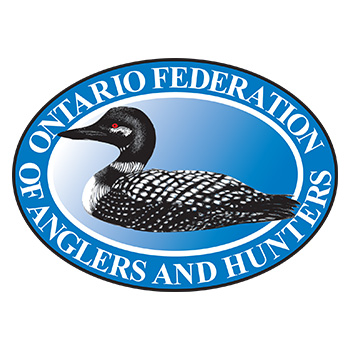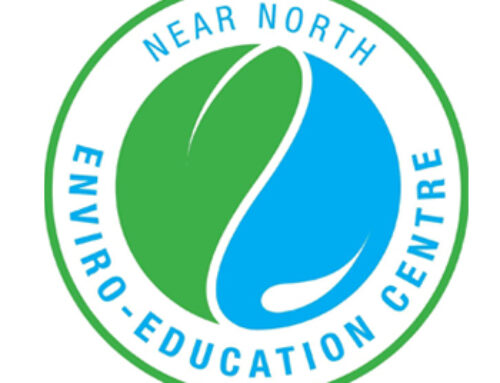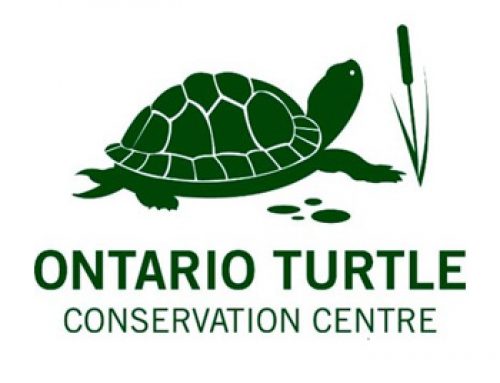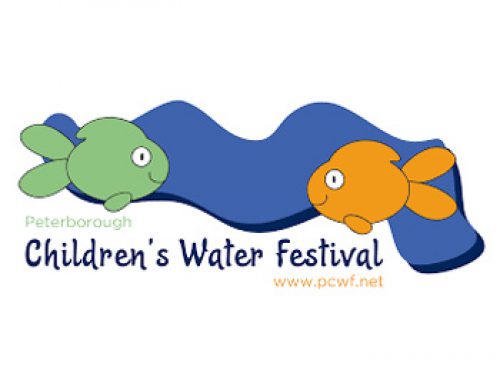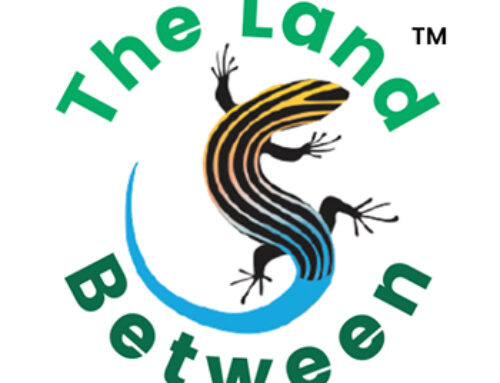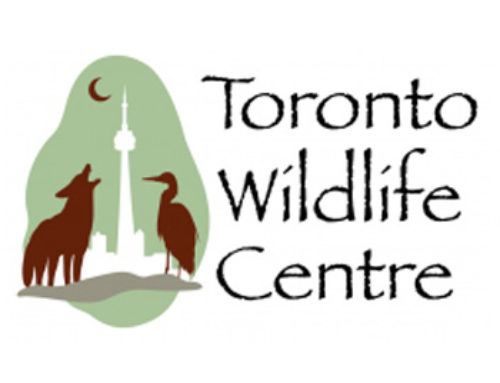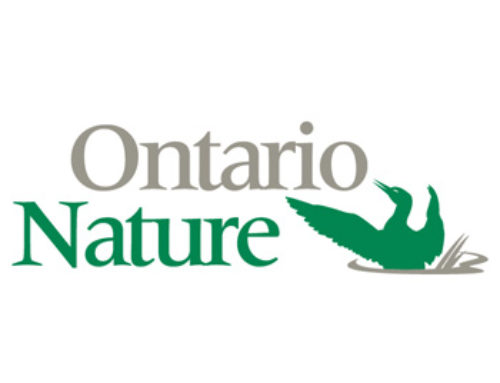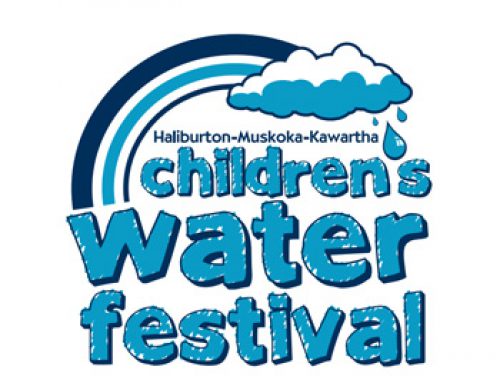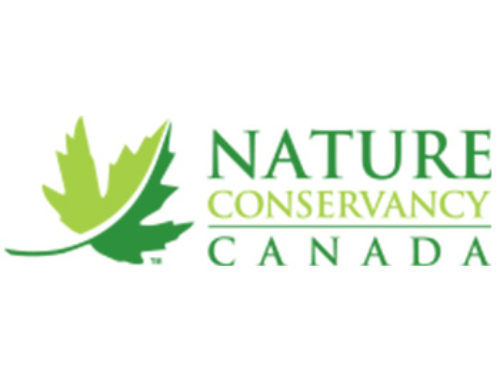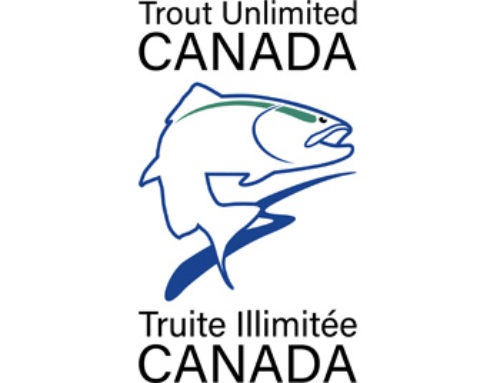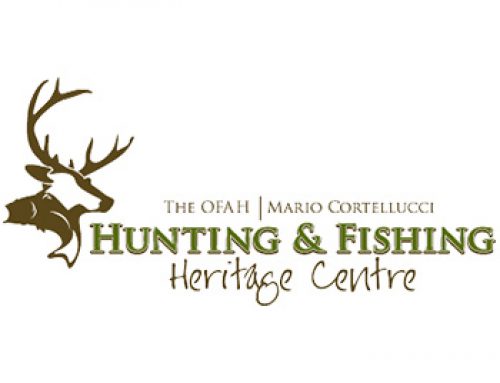2022
Responding to Water Soldier in Ontario
Project Objective
This project seeks to support provincial efforts to eradicate water soldier from Ontario by working with an inter-agency working group to monitor and control water soldier populations in Ontario, both public and private waters, with the long-term goal of eradication.
Invasive species are plants, animals, and micro-organisms introduced by human action outside their natural past or present distribution whose introduction or spread threatens the environment, the economy, or society, including human health (Government of Canada, 2004). Once established, invasive species are extremely difficult and costly to control and eradicate, and their ecological effects are often irreversible. For example, invasive species management and control in Canada has an approximate annual cost to be as much as $20 billion to the forest sector, $7 billion for aquatic invasive species in the Great Lakes and $2.2 billion in the agricultural sector (Environment Canada, 2010).
Water soldier (Stratiotes aloides) is an invasive perennial aquatic plant that is native to Europe and northwest Asia. It forms dense mats of floating and submerged vegetation, and aggressively out competes native vegetation, threatens the diversity of aquatic ecosystems, and can significantly impede recreational activities. In 2008, the first known wild population of water soldier in North America was found in the Trent-Severn Waterway (TSW) near the Hamlet of Trent River, ON. Since then, it has spread nearly 50km downstream in the TSW, and unrelated occurrences have been discovered in a tributary of Lake Simcoe, Red Horse Lake, Bay of Quinte, and numerous private ponds. The OFAH Invading Species Awareness Program (ISAP) continues to have a leading role in coordinating a response to existing and new populations in order to prevent new introductions and address existing populations that threaten to invade provincial, national, and international waters. Most recently, ISAP staff are rapidly responding to a report of water soldier in Red Horse Lake and working with the landowners to conduct surveillance and monitoring of the site, manually remove isolated plants, and coordinate herbicide treatments with the goal of eradication. Furthermore, program staff have been leading the collection of eDNA in support of provincial monitoring and surveillance efforts.
Staff have been working as part of a multi-year control plan, led by the Water Soldier Working Group (WSWG) to eradicate water soldier from Ontario and have seen a significant reduction of water soldier after multiple years of wide-scale treatment. In 2022, we seek to continue monitoring and surveillance of water soldier populations in Ontario, including the collection of eDNA to determine the efficacy of the treatments in 2021, as well as support the planning/preparation for the 2022 treatment. In addition to monitoring and surveillance, program staff will continue to engage the public on water soldier via paid social media content to increase awareness of the deliberate actions people can take to prevent the introduction and/or spread of invasive species.
In 2022, the scope of our work will include the systematic monitoring of known water soldier populations in the TSW and Red Horse Lake, reconnaissance upstream and downstream of known populations in the TSW, Red Horse Lake, and Bay of Quinte, eradication/control of water soldier using conventional methods (e.g., hand harvest, herbicide), collection of eDNA samples in key locations to support provincial efforts, and community engagement through education, awareness, and consultation.


